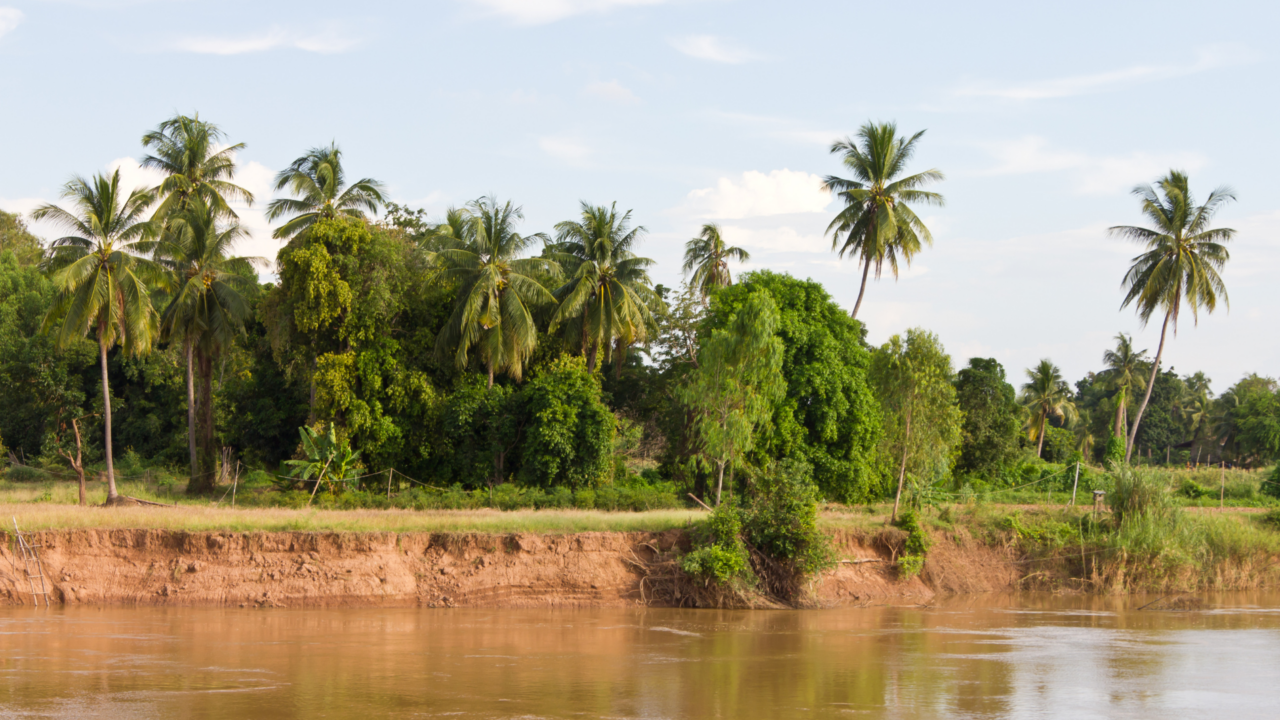リード機関です:
サンタ・カタリーナ連邦大学-ブラジル
SensNexusプロジェクトは、マングローブ、砂丘、海岸の土壌におけるナノ・マイクロプラスチックの分布に関する情報を生成するために、効率的で、迅速で、安価で、デジタルで、再現可能で、使いやすいツールを用いて、粒子状プラスチック廃棄物の存在と海洋汚染を結びつける。
海洋は炭素を貯蔵し、酸素を供給し、気候を安定させ、食糧資源を生産する重要な役割を担っている。しかし、その重要性と海洋の役割に関する私たちの知識とは逆説的に、私たちはかつてないほど海洋を粗末に扱ってきた。ゴム、ガラス、繊維製品、プラスチックといった素材は、その量、形、大きさ、種類を問わず、多種多様な形で海洋に流入しており、プラスチック廃棄物に限って言えば、1トンあたり年間3,000~33,000ドルの経済的コストが見積もられている。私たちの目的は、海洋汚染の分布データベースを作成するために、近接土壌センシング技術を用いて沿岸土壌中のナノ・マイクロプラスチックの存在を検出するプロトコルを提案することである。
開始日:2023年01月03日
終了日:2026年02月28日
リード・コンタクトアレクサンドル・テン・カテン(ten.caten@ufsc.br)
課題1- 海洋汚染への理解と対策、2- 生態系と生物多様性の保護と回復、9- 能力開発。
ocean_basins:南大西洋
タイプ_オブ_アクションプロジェクト
